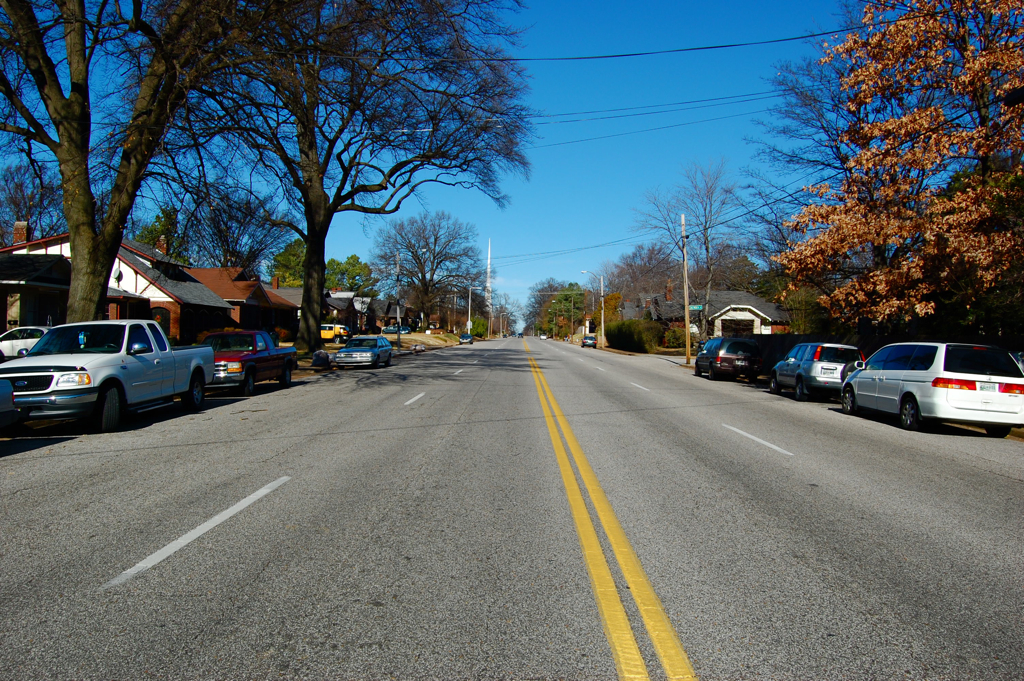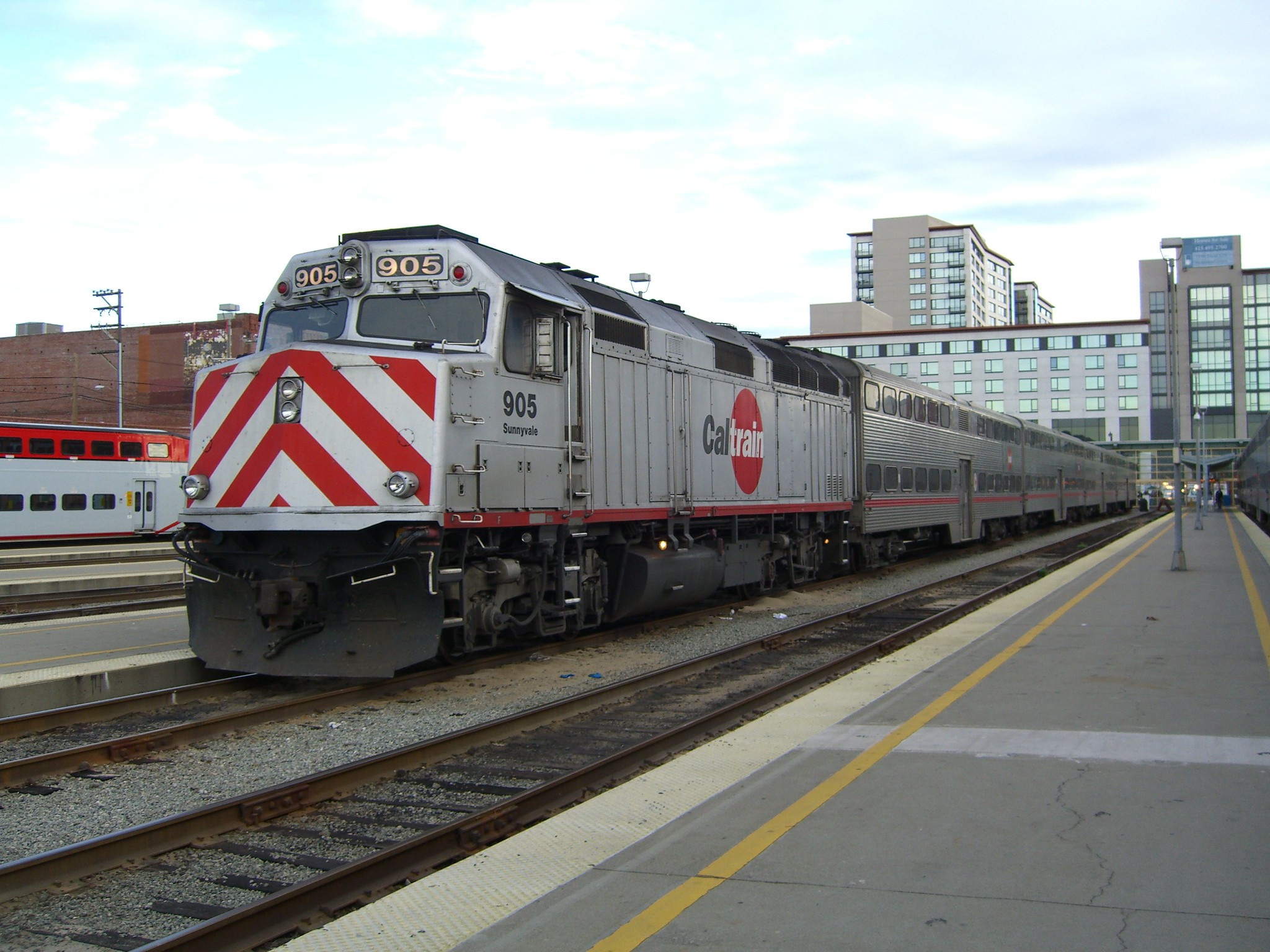Memphis is the deadliest place for pedestrians, thanks to its high-speed roads, lack of walkable infrastructure, and preponderance of distracted drivers.
Motorists in the southwestern Tennessee region killed 54 pedestrians last year, more than the number killed in Seattle and Boston which are three times Memphis's size, and its pedestrian fatality rate of 4 deaths per 100,000 people was the highest among the nation's largest metropolitan regions, according to data from the National Highway Safety Traffic Administration.
Driving has become deadlier for pedestrians in the Birthplace of Rock and Roll as it has in the rest of the country over the past five years. The number of pedestrians killed in the Memphis metropolitan area, which includes Shelby county and parts of Mississippi and Arkansas, rose 64 percent between 2014 and 2018, federal records showed.
City officials said its deadly crashes are concentrated in neighborhoods where people can't afford a car and rely on walking, cycling, and transit to get around.
"Memphis’s most vulnerable residents are disproportionately represented as victims of pedestrian crashes, and they are African-American, children, elderly citizens, and low income residents," Memphis Bikeway and Pedestrian Program Manager Nicholas Oyler told Streetsblog. "People are more likely to be walking for transportation for their daily lives and the infrastructure in these areas is not as safe as they should be."
More than 25 percent of Memphis residents are living in poverty, including 45 percent of children, while the poverty rate in the larger metropolitan area is 19 percent, according to the 2018 American Community Survey. And the city of 324 square miles has suffered from suburban outmigration, including the net loss of 30,000 people between 2010 and 2016, although its population has stabilized in recent years thanks to a rise in births.
But remaining 652,000 people are spread over 7,000 lane miles of roadways, which includes arterial streets with speed limits between 35 and 45 miles per hour that pass through many low-income areas between wealthy inner suburbs and the city's downtown. In addition, its transit system runs infrequently and unreliably, and its bus network is perpetually starved of funds and was "on the verge of collapse" three years ago.
That leads to a dangerous mix of people walking along roadways designed only for cars, legal experts say.
"The Deep South is known for poverty and [lacks] public transportation, and people are more dependent on walking than they are in other places," Bike Law network founder Peter Wilborn told Streetsblog. "They’re walking because they don't have a choice and they’re doing it in vulnerable places like crossing bridges, interstates, or busy nine lane roads."
Memphis leaders are aware their streets are unsafe, but the region has been struggling with the resources necessary to redesign infrastructure and the political will to challenge the dominance of automobiles.
A year ago, Memphis City Council public safety and homeland security committee members said they would study how to improve pedestrian safety after a WMC News segment examined the dangers of crossing several boulevards. But the Council has done little to follow through.
Local funding has also been limited. The City Engineer's Office recommended 900 projects in its pedestrian safety plan and policy recommendations but has only been able to secure funding for about a dozen, thanks to federal grants. And Memphis will likely only spend $3.5 million on new pedestrian safety projects plus another $5.6 million on existing ones out of its $286.3 million capital budget proposed for the 2020 fiscal year.
The city isn't getting enough help cracking down on disobedient drivers either. The state passed a law in July prohibiting cell phone use while operating a motor vehicle, but cops won't start enforcing it until the City Council approves a similar local ordinance. And some police department leaders outrageously blamed pedestrians for being glued to their phones, even though studies show that distracted pedestrians are not an actual thing.
In reality, the rise in larger cars like SUVs and distracted driving are to blame.
"The idea of people getting killed by walking with their cellphone, I haven’t heard of a single case. Never heard of it," Wilborn said. "Pedestrian deaths are on the rise because of shitty driving and no enforcement or penalty from shitty driving. Together that’s shitty driving with impunity."
Memphis city officials have tried make street improvements with the meager resources they have. They are rolling out 300 miles of bike lanes by the end of the decade, building the two-mile Hampline bicycle and pedestrian corridor after eight years of planning, and redesigned Manassas Street with raised crosswalks and protected bike lanes.
But progress on pedestrian safety is moving slowly (unlike Bluff City drivers!).
"Unfortunately, in Memphis the car is still king in many cases and there's a very pervasive mentality that a road's purpose, a street's purpose is to move cars as quickly and as many as possible," Oyler said. "We have a lot of work ahead of us to win hearts and minds, of residents and leaders to build support on this issue."





